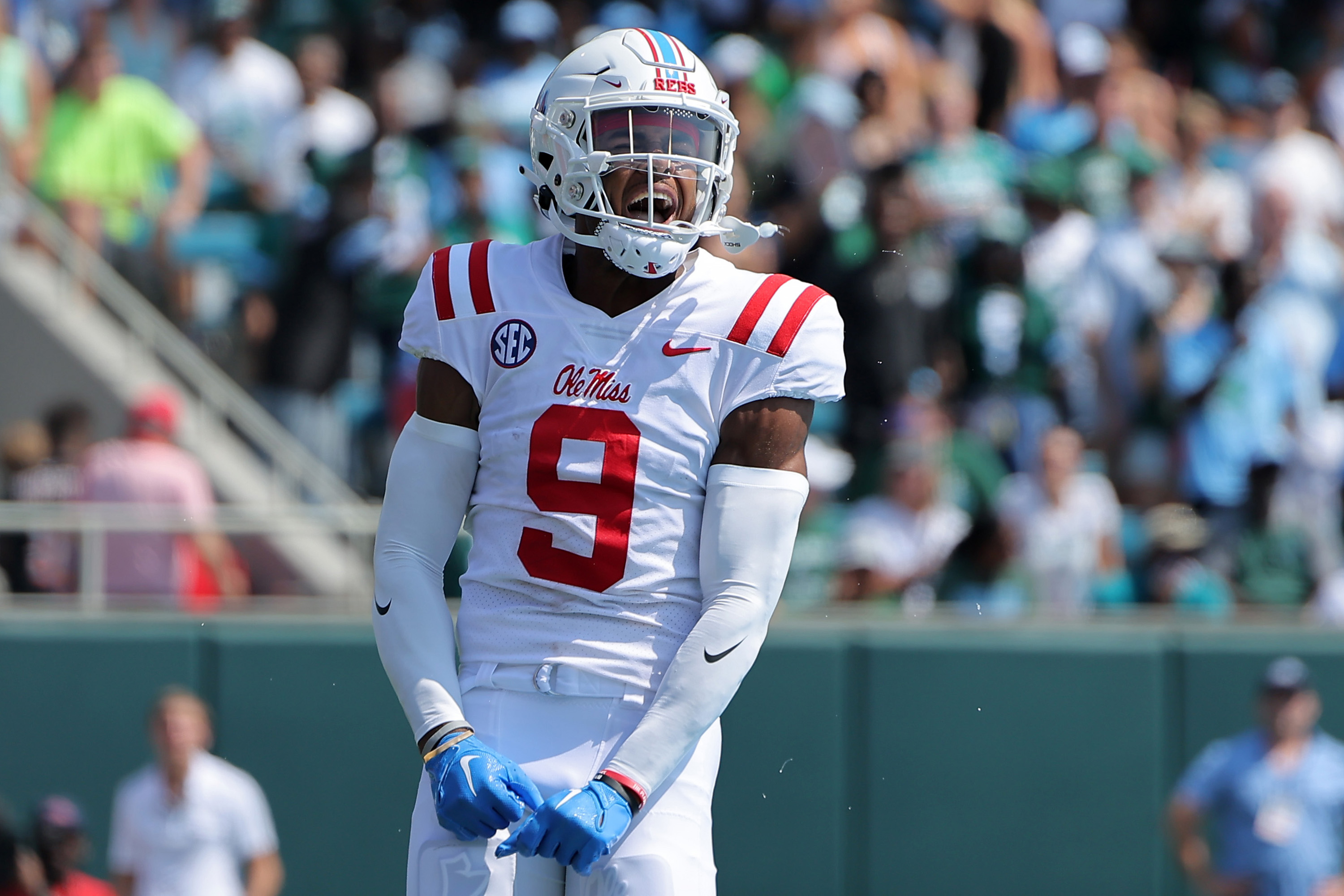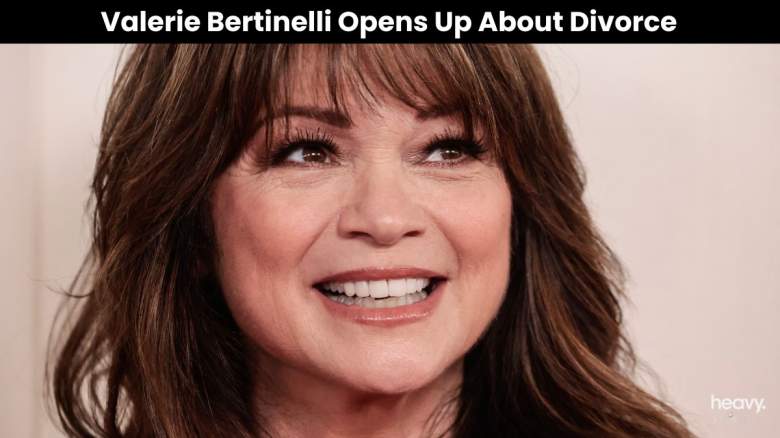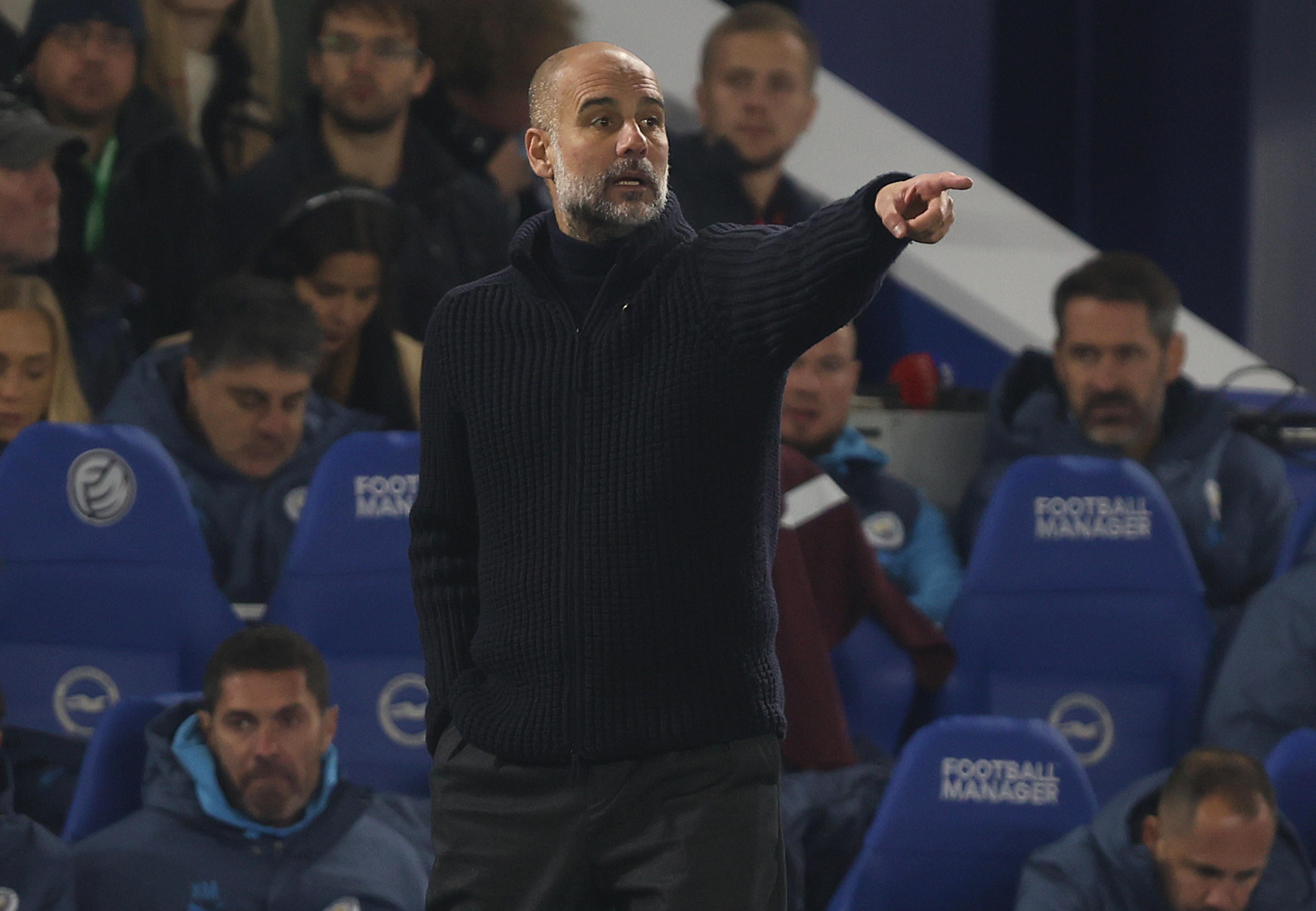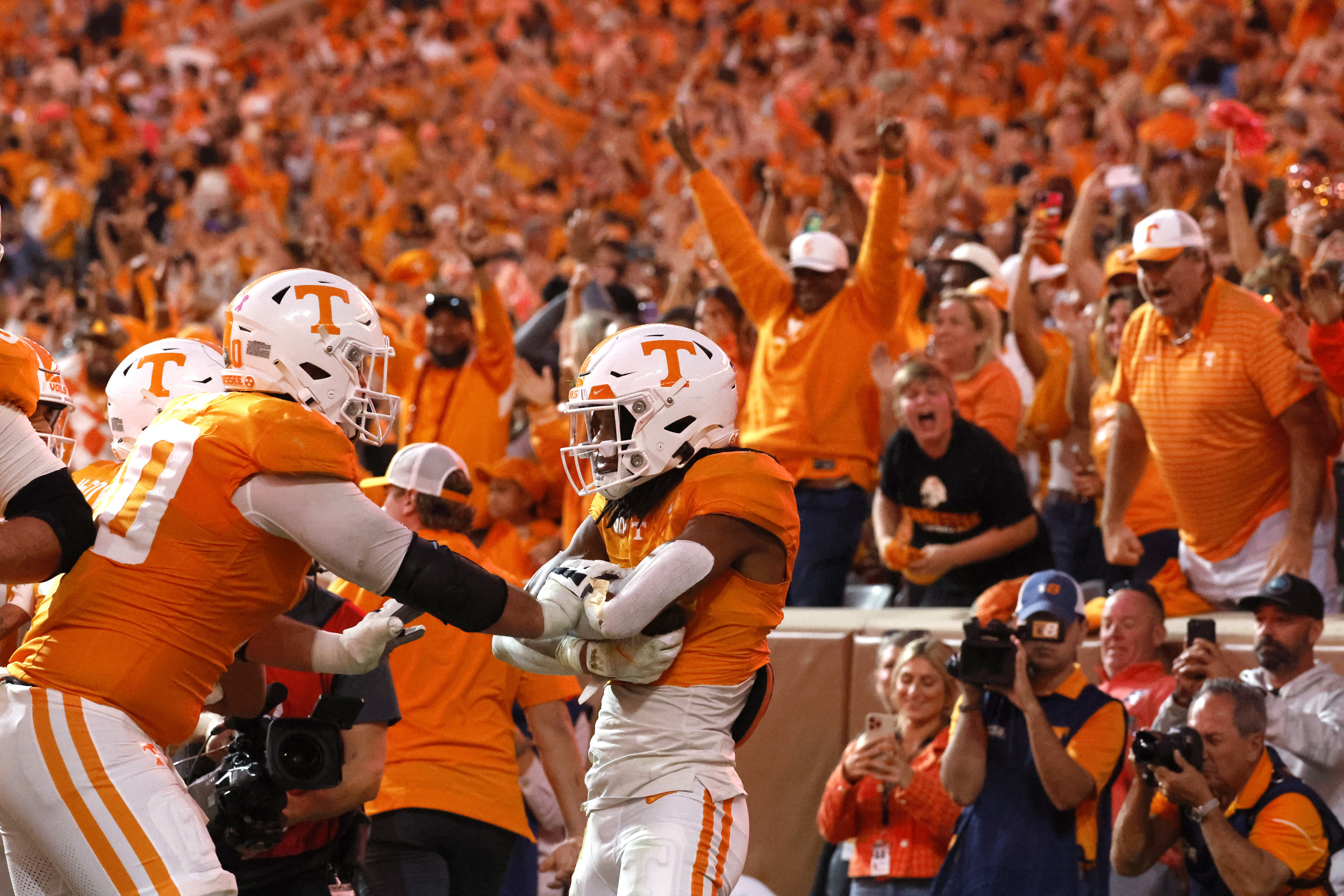Spoiler Space offers thoughts on, and a place to discuss, the plot points we can’t disclose in our official review. Fair warning: This article features plot details of Smile 2, including the ending. It also discusses forms of self-harm.
It’s an ending that plenty of horror fans probably called, or at least speculated about, since the first trailer for Smile 2 dropped last summer and revealed that this time, our demon-harassed heroine was a globally famous pop star. Given that the demonic presence of Smile finds a new victim by tormenting its previous one into full possession and subsequent public suicide, thereby transferring the endless visions and hallucinations onto the witness of that death, it’s only natural that a haunted pop star would commit a very public form of self-annihilation, with an audience of thousands now presumably susceptible to their own personal smile-haunted hell. So in the last scene of the movie, embattled pop royalty Skye Riley (Naomi Scott), possessed by the demon, kills herself live on stage. This is presumably how the smile demon thingie takes over the world, or at least throws it into chaos.
Now, on a purely logistical level, it’s not entirely clear how that works. In the Smile movies so far, these transfers have always been one-on-one. It was easy enough to assume that was by some design—that some greater, more intimate focus was required to pass the curse along. After all, if the entity (glimpsed briefly in its true form at the end of the movie) craved more witnesses to spread itself further around the world, there are plenty of very public ways to accomplish that. The degree to which the entity controls the ultimate method of suicide is left slightly ambiguous, but this haunting is essentially treated as gradually wearing down resistance until the demon can fully possess the victim, forcing their face into a ghoulish smile as they surrender to whatever horrible suicide method happens to be at hand. So Skye Riley’s particularly grotesque technique—stabbing herself in the face with her own microphone—is basically the demon’s choice, not hers. If there’s some intentionality from that demon—if it actively desires a greater audience—then why has it not goaded past victims into more public displays? And if the demon has no such designs or any particular limitations, how has it never happened by coincidence that a Smile suicide has been witnessed by a multitude of people, rather than just one at a time?
Maybe it has, and we just haven’t been privy to it; it would be easy enough to walk back the mass-scale horror of Smile 2’s ending and say that the demon simply attaches itself to one of the many witnesses. Anyway, plenty of great horror movies operate on dream/nightmare logic. What’s genuinely disappointing about this ending is how little curiosity it evinces from writer-director Parker Finn about his own creation. Of course, that creation is basically a bootleg Ring sold in the arena parking lot after the show—but knockoffs are also part of a rich horror tradition, and Finn has obvious chops, from camera placement to the imagery he comes up with, to make this idea his own. The choice of the pop-superstar milieu for Smile 2 is absolutely inspired, and early on the movie toys with a very specific but vivid form of paranoia: What if you can’t tell whether everyone seems to be looking at you funny because you’re famous, because you’re cracking up from the pressures of fame and addiction recovery, or because you’re haunted by a horrific smile demon?
As audience members, though, we know it’s probably the last one, which points to the ultimate problem with the Smile 2 ending. It’s a shocker for Skye, and for her audience, but not anyone who’s seen the original Smile, which follows the same basic pattern of cheap fake-outs: Scrambling to figure out what this thing is and how to beat it, thinking you’ve found a way out, and then, nope, actually, the good stuff has been a hallucination and you’re fucked. You’ve let your guard down, and you’ve let the demon in.
The first time, this can seem like a boldly fatalistic decision. (Though to be honest, it left a slightly sour taste with me that time, too; it was just easier to respect as a one-off.) The second time around, it feels more like nihilistic cruelty, giving us two hours where we never leave Skye’s side—after the slam-bang opening sequence bridging the first movie to this one, there are no other scenes without her—only for the demon to trick her into killing herself. It’s especially galling, even a little boring, because the demon always has the upper hand and there are no real rules about what it can or can’t create from thin air, whether it’s a person, a location, or a time-jump.
Beyond the unpleasant feeling of being jerked around by a movie that seems to really value its overbearing sense of control above its characters, what stings about the well-crafted Smile 2 is how that horror-movie nihilism seems to overpower any real interest in exploring our relationship to pop music. The idea that the audience might absorb a collective curse from witnessing Skye Riley’s untimely demise is a fascinating extension and perversion of the idea of an audience finding catharsis in an artist bearing their trauma. It’s perfectly attuned to the current pop moment, where some fans form intensely parasocial relationships with their faves, treating them as one-person (frankly, most often one-woman) combinations of sports team, idol, and bestie. This, in turn, encourages a certain “confessional” mode of music-making, which sometimes feels as if it’s demanding a piece of the performer in question. Skye’s music clearly walks that line, and her music takes on a menacing quality as you learn more about her past: That she was mired in addiction, that she lost her similarly afflicted actor boyfriend in a car crash, and, eventually (if predictably), that the car crash was more her fault than anyone on her team has publicly admitted (despite her apologies on the Drew Barrymore program).
Yet the actual music, even the fandom, of Smile 2 often feels secondary in Skye’s life, beyond a clever but first-level tease involving whether a creepy stalker fan has found his way into her apartment or if this is another hallucination. Hmm, which do you think it turns out to be? What about the fact that even the most creative and singular pop artists on this level tend to work with an army of collaborators, potentially helping to massage, process, and pop-ify an artist’s pain or trauma (or, for that matter, joy)? Completely ignored in the world of Smile 2, where Skye’s team seems limited to one chilly mom-ager (Rosemarie DeWitt) and one amusingly obsequious assistant (Miles Gutierrez-Riley). At one point, we see her sit at a piano and thoughtfully page through her lyric journal for about a minute. Whether Skye receives any catharsis from writing or performing these songs, whether expressing herself feels worth the difficulties, whether the music even feels like her own after it’s fed through the pop machine, all remains largely unexplored. Instead, the movie focuses on her most literal problems: Skye’s back hurts from rehearsing dance routines, so she needs painkillers that her addictive past prohibits her from obtaining, which is what brings her to the drug dealer that passes the smile curse to her. Wanting a Vicodin isn’t quite on the level of this year’s Tarot in terms of cosmic demon-cursed punishment not exactly fitting the crime, but it’s not far off!
Smile 2 isn’t trying to form a treatise on the pop-music world; it’s a setting, not its principle thematic concern. But it’s hard to tell whether the movie has much else on its mind besides punishing its heroine. This summer’s Trap takes a similar pulp-thriller-first, thematic-concerns-second approach, but it manages to evoke more complicated feelings anyway: The euphoria of the teenage girl attending a Lady Raven show, chased with the later knowledge that this will probably linger in her mind as one of the worst days of her life, makes you actively wonder what her relationship with this music she loves will be like in the future. The way the spectacle of the show looms over Josh Hartnett’s character, too, creates a striking sense of scale that Smile 2 doesn’t toy with. (I differ here from Matt Schimkowitz’s Smile 2 review; Matt feels quite the opposite, that it’s Trap that’s closer to the old, go-girl-give-us-nothing; I think the initial distance between the movie and Lady Raven, and how she winds up entering the narrative more fully, offers plenty of pop-world hall-of-mirrors weirdness.)
That final scene of Smile 2 should be one for the ages: Skye Riley is unexpectedly thrust back into the spotlight after struggling with a demonic presence in an abandoned Staten Island Pizza Hut, only to find herself transfixed by a horrific manifestation of the curse, giving in to its possession, and performing a bluntly gory suicide in front of friends, family, and a legion of fans. Why, then, does this well-constructed scene feel a bit prefab in its gruesome grandiosity? Maybe because Finn doesn’t connect the sometimes-disreputable thrill of pop with the same undercurrents in horror—at least not in the end. Earlier in the movie, when Skye hallucinates an attack from a group of stomp-dancing, rictus-grinning fans like a music video springing to demented life, the movie blurs her lines with a gleeful intensity. As the movie goes on, though, Finn seems increasingly driven to make Skye, and her whole wide audience, seem like a bunch of suckers in waiting.




















 English (US) ·
English (US) ·